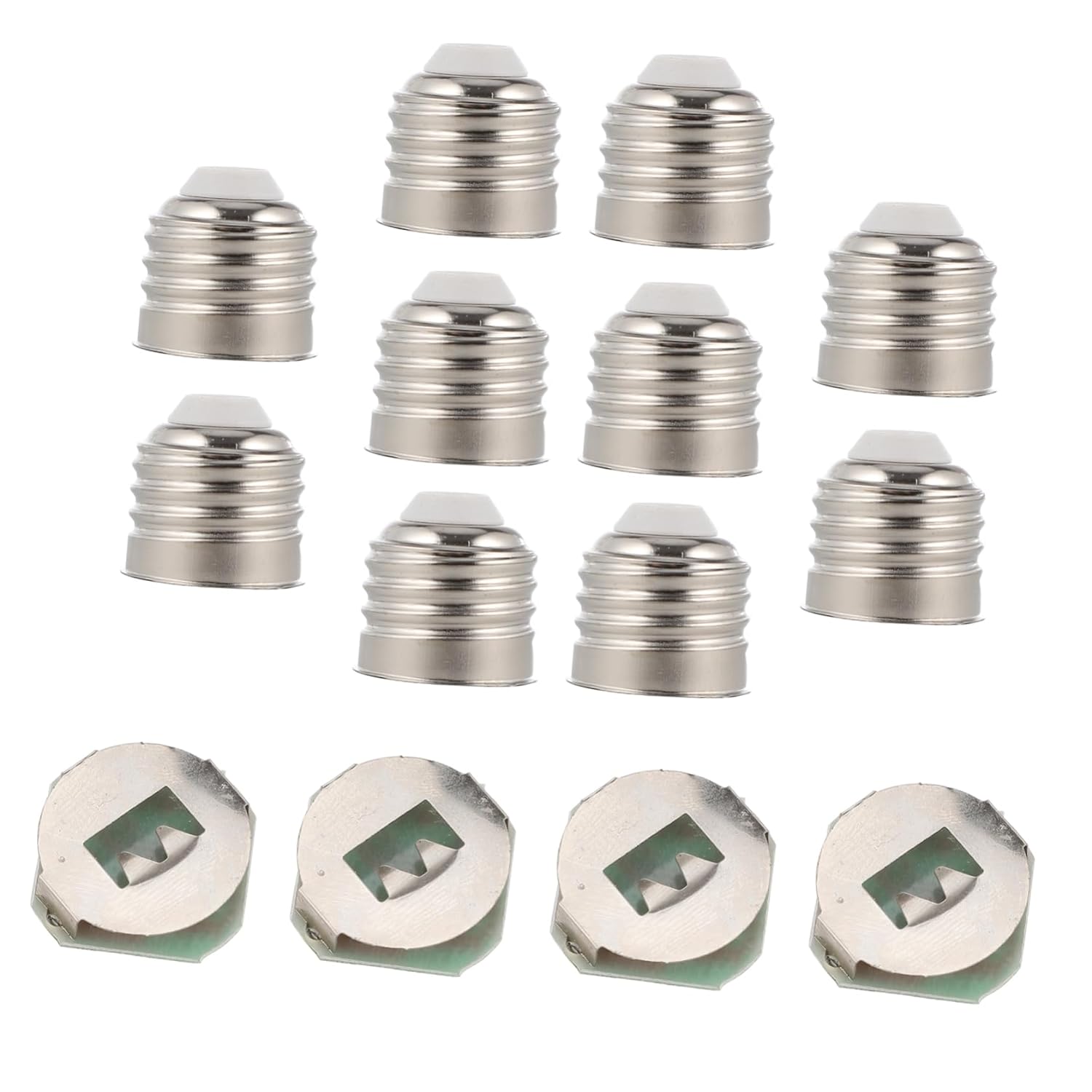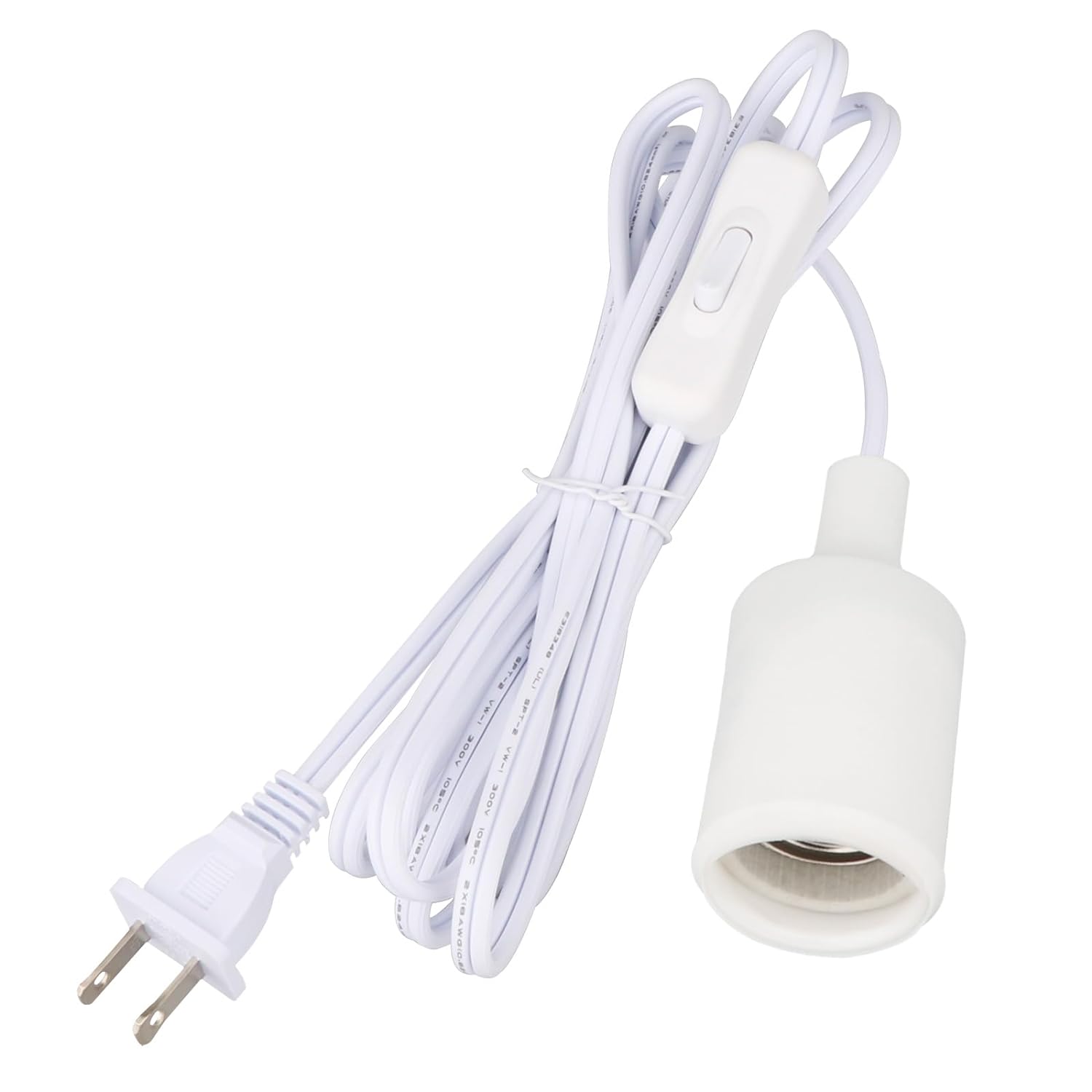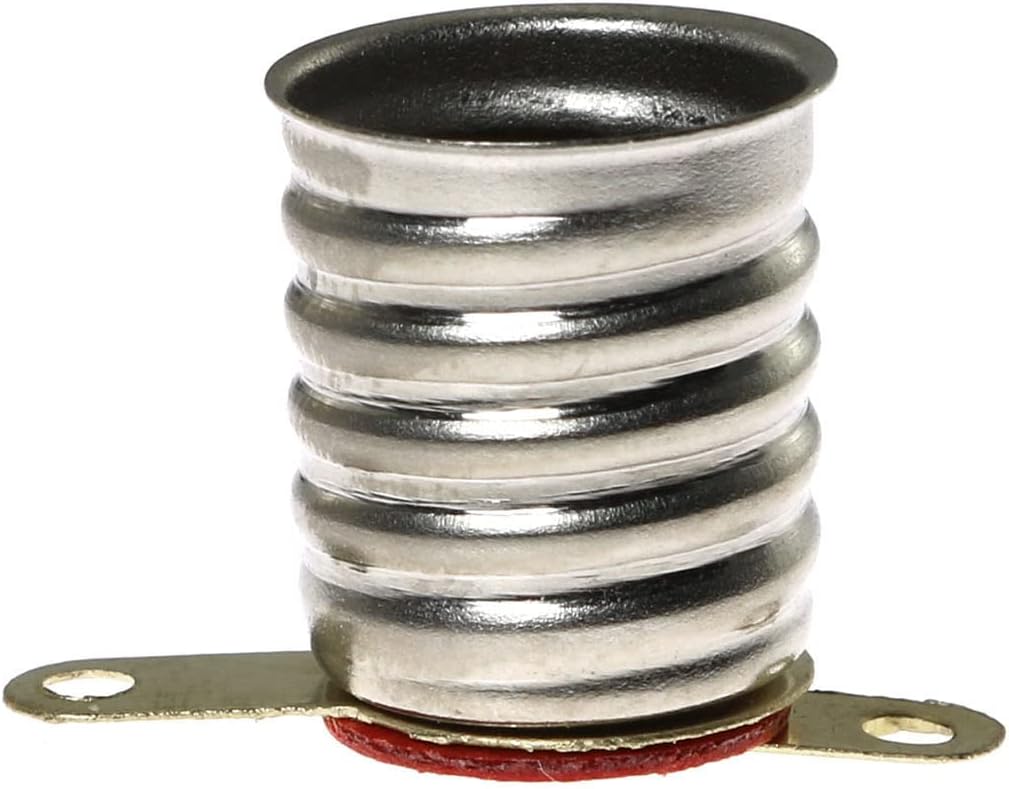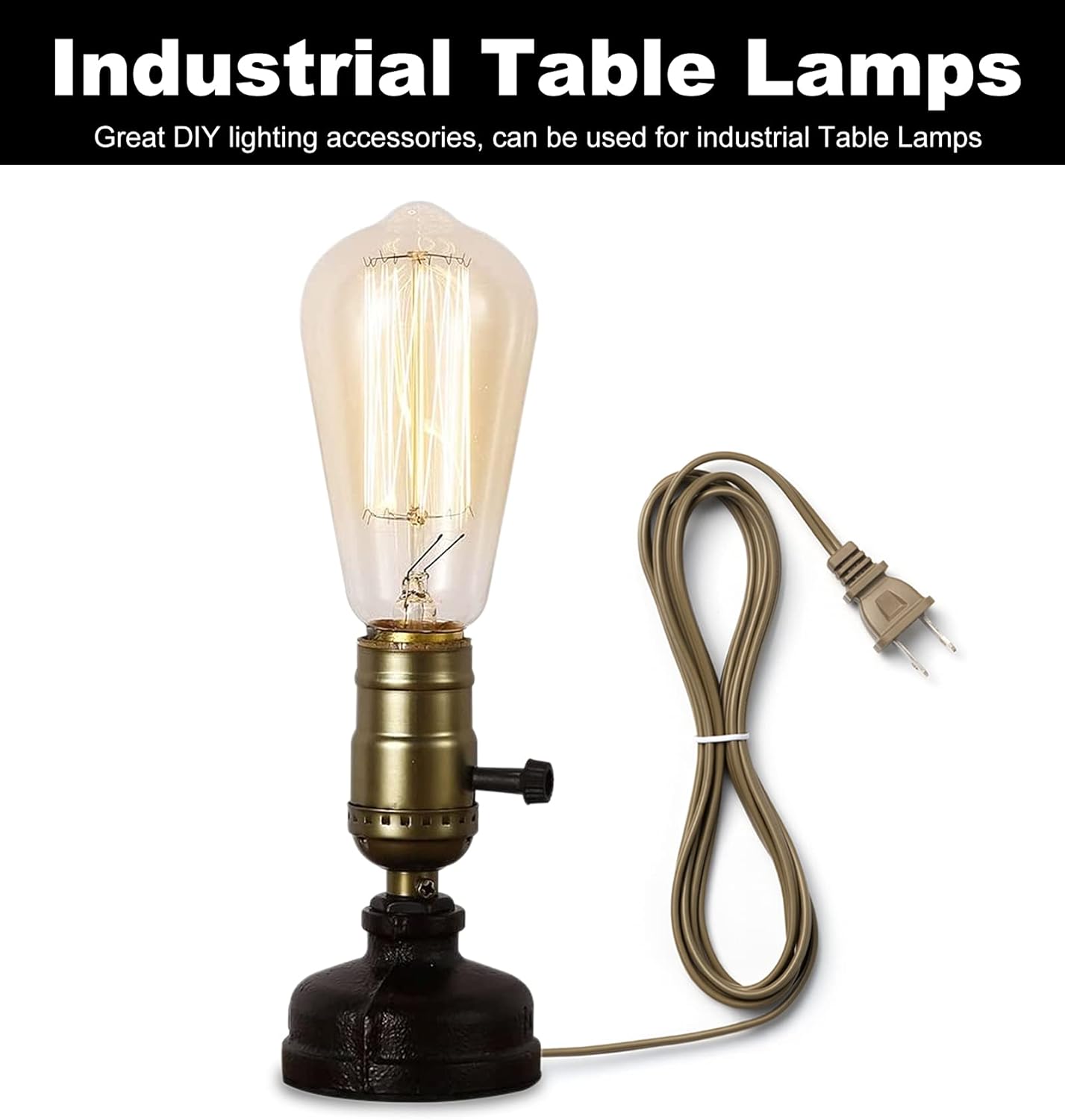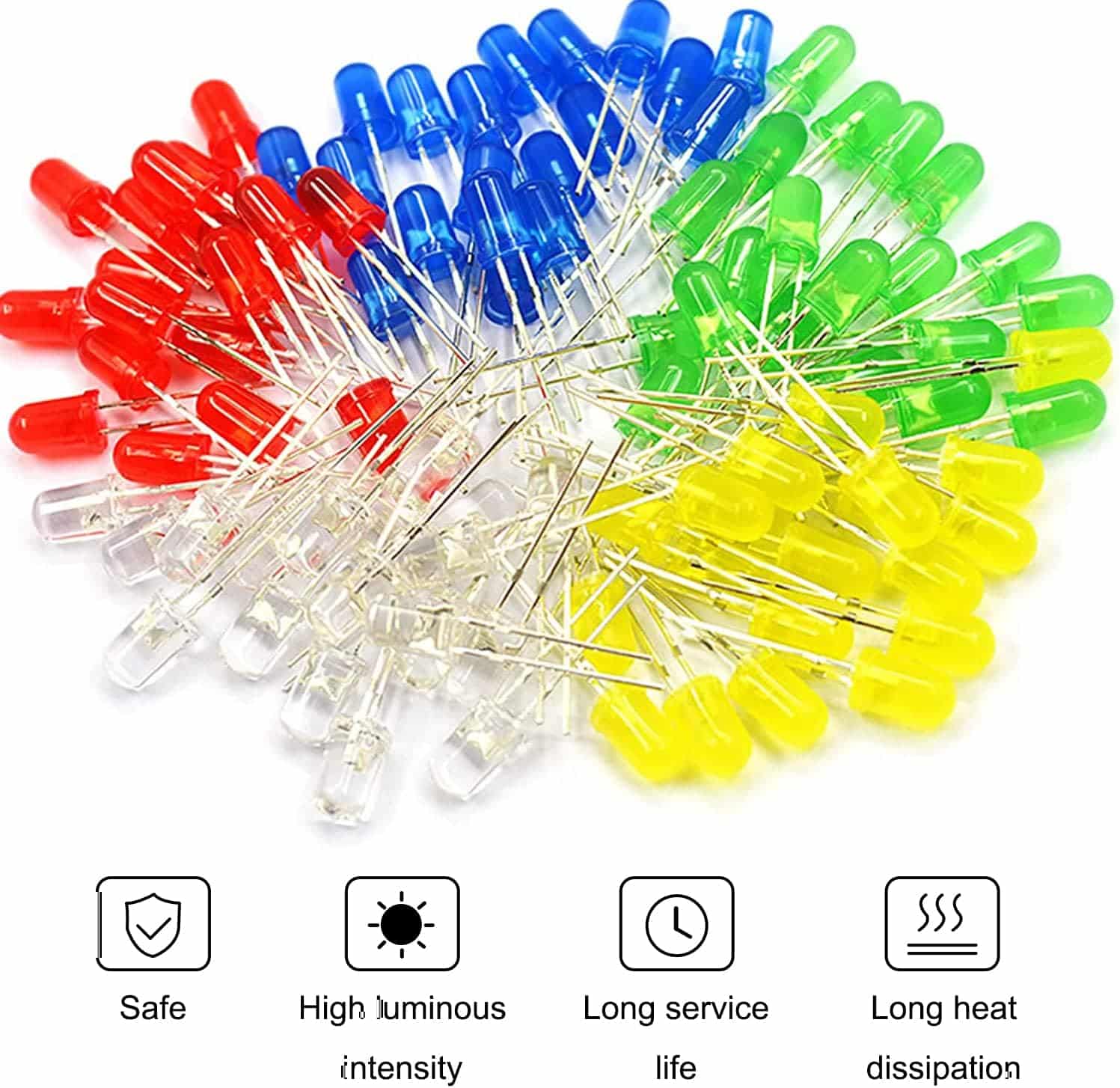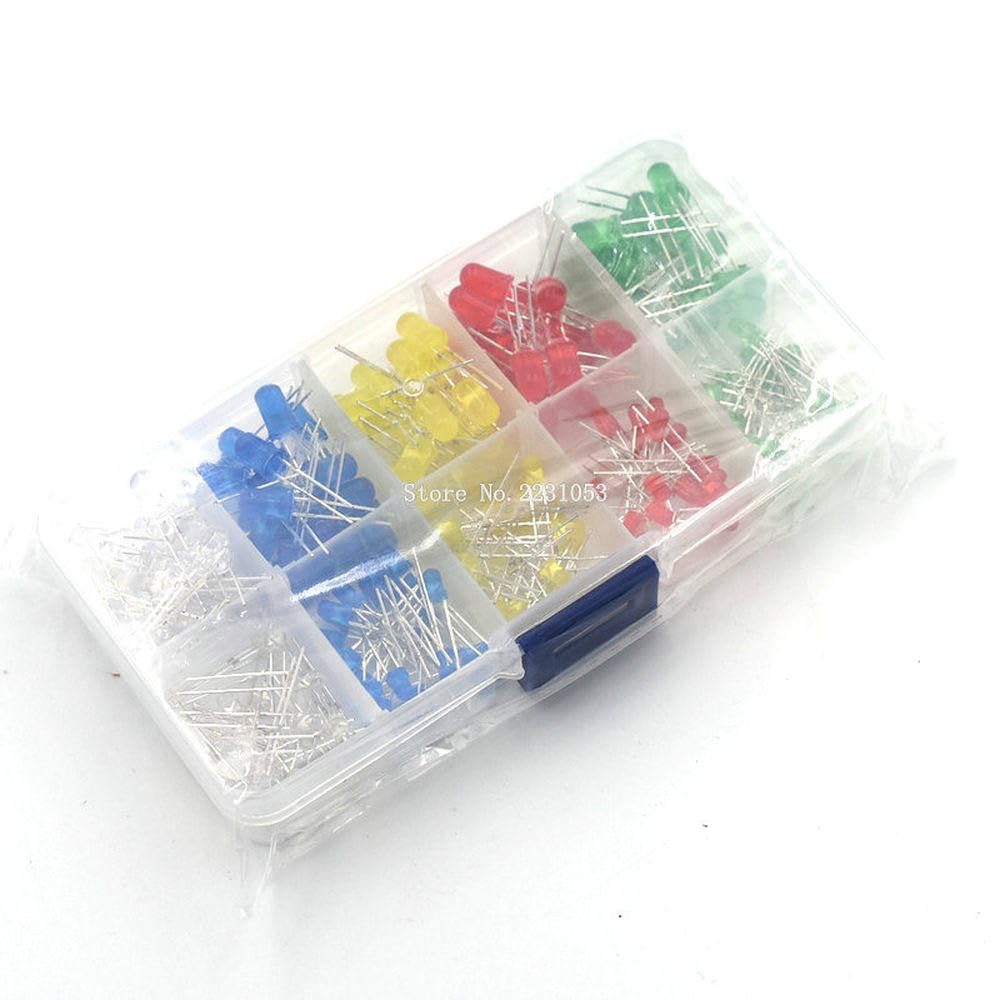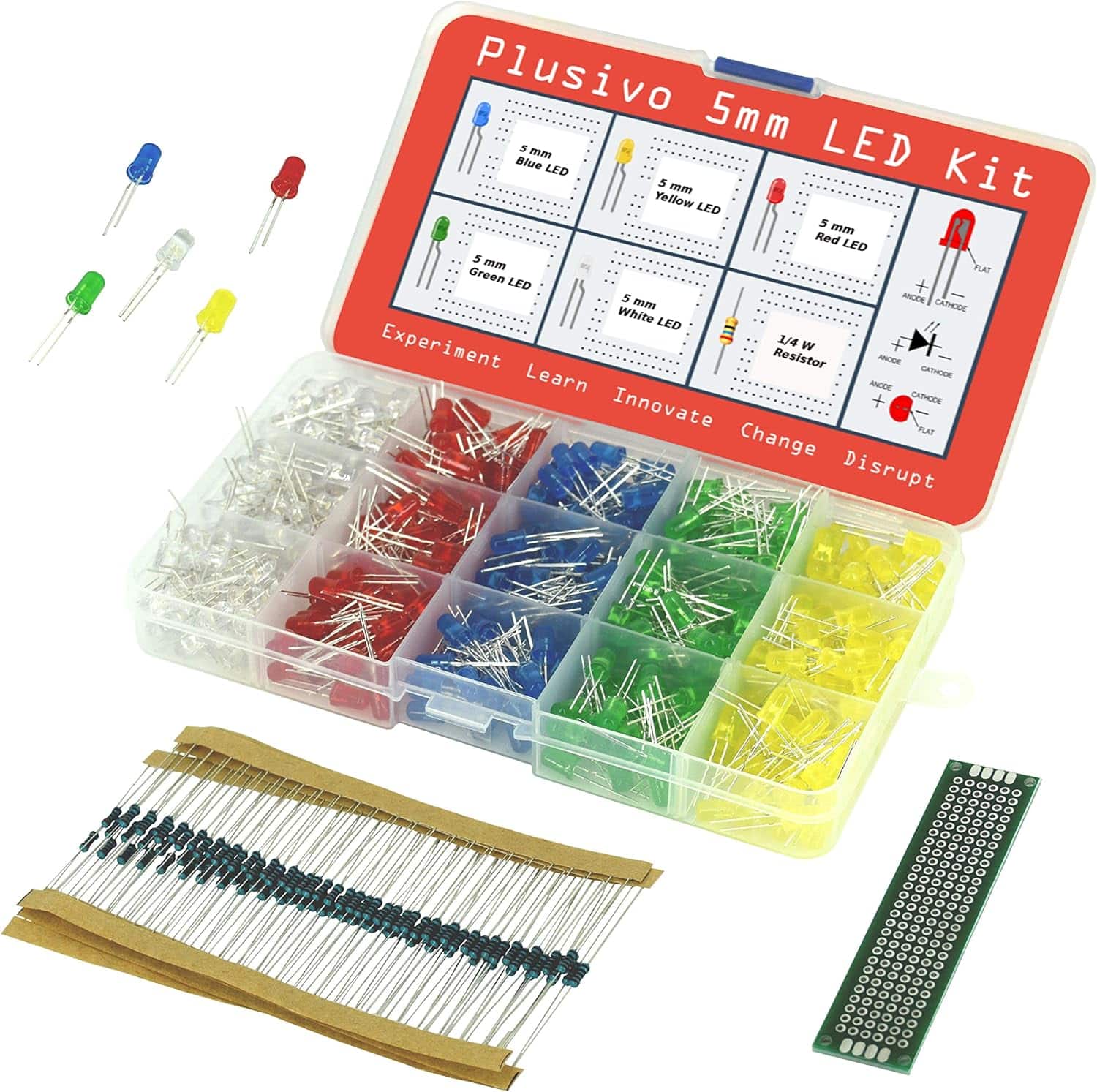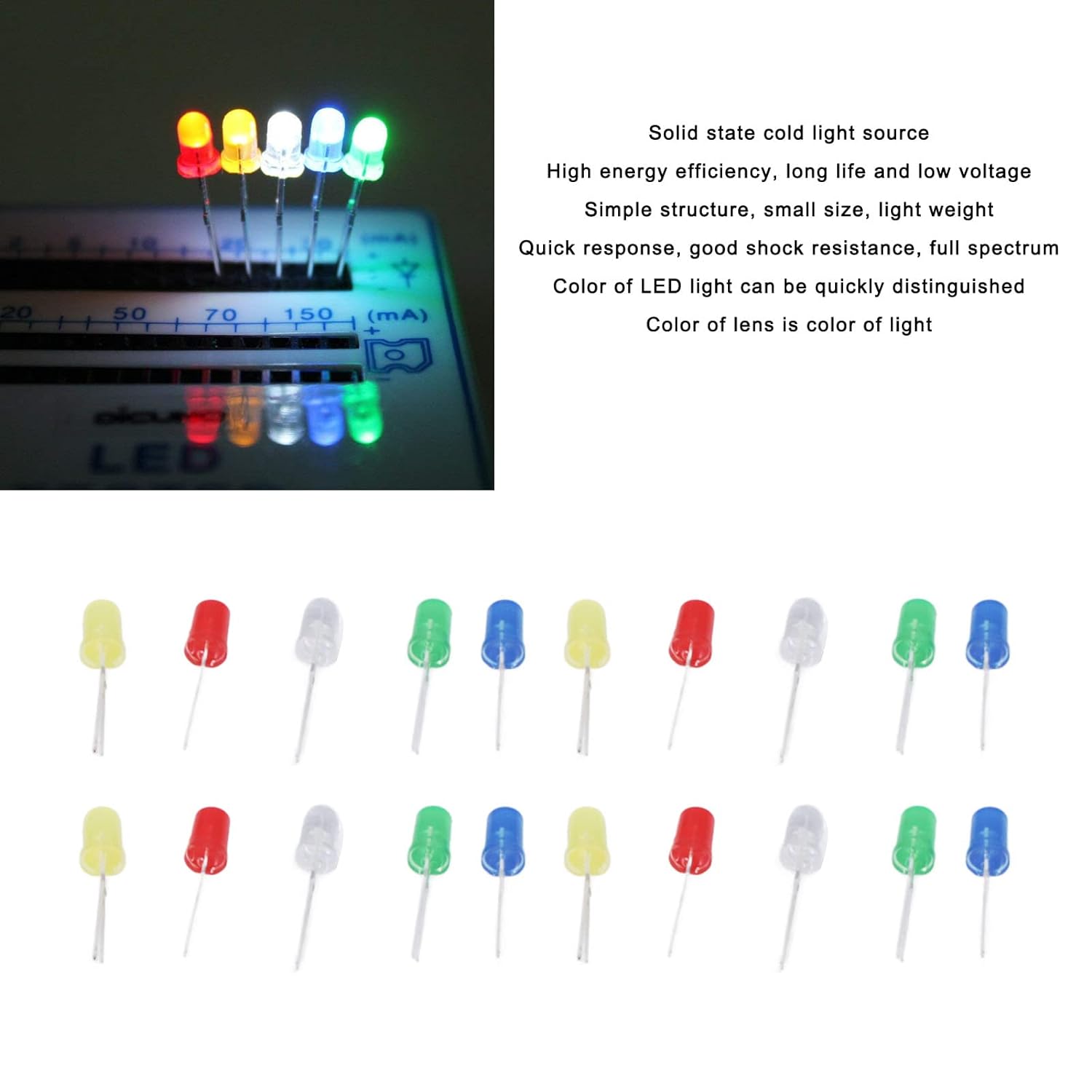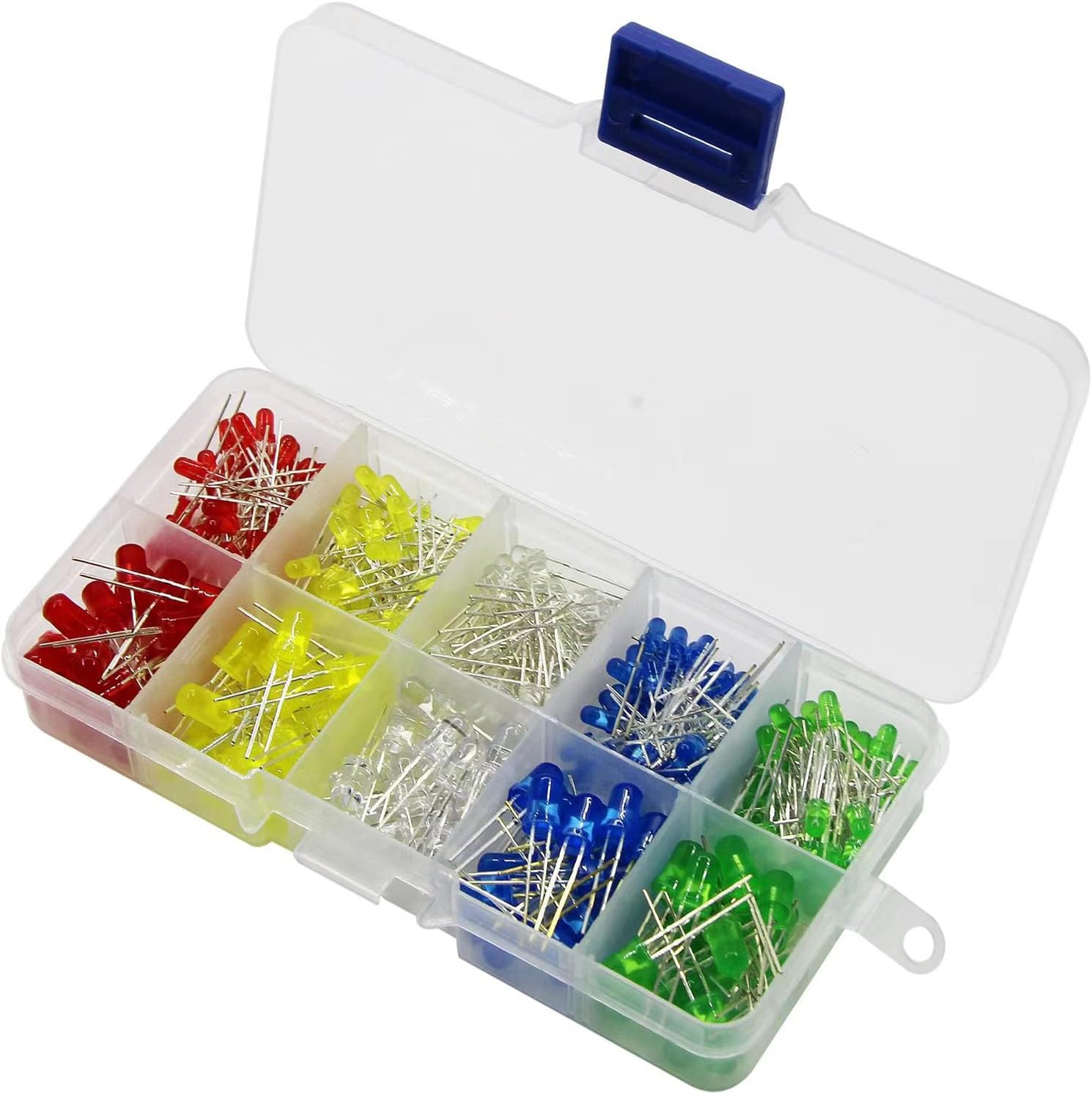In this step-by-step guide, I will help you choose the perfect wireless LED lighting option for your needs. Wireless LED lighting has revolutionized the way we light our homes and spaces, providing flexibility, energy efficiency, and convenience like never before. Whether you’re looking to enhance the ambiance of your living room, create a functional workspace, or simply save on energy costs, this guide will walk you through the process of selecting the right wireless LED lighting solution. And here’s a crazy fact – did you know that LED lights are so energy-efficient that they can reduce your electricity bill by up to 80% compared to traditional incandescent bulbs? Now, let’s dive into the guide and find the perfect wireless LED lighting for you!
Top-rated wireless LED lighting options



Understanding the Basics
To learn about the different types of wireless LED lighting available and their features, start by researching various brands and models online or visit a local lighting store. Look for information about their connectivity options, such as Wi-Fi, Bluetooth, or smart home integration. Understanding the benefits of wireless LED lighting in different spaces can be achieved by reading articles or watching videos on the subject. Pay attention to factors like energy efficiency, flexibility in placement, and ease of installation. This will help you make an informed decision when choosing the right wireless LED lighting for your needs.



Assessing Your Needs
Evaluate Your Specific Lighting Requirements:
- Determine the brightness level you need for your wireless LED lights. Consider factors such as the size of the space and the intended use of the lighting.
- Consider the color temperature that is most suitable for your needs. Different color temperatures can create different atmospheres, so think about whether you want warm or cool lighting.
- Explore the control options available for the wireless LED lights. Decide if you prefer manual control, dimming capabilities, or if you would like to connect the lights to a smart home system.
- Lastly, take into account the space where you plan to install the wireless LED lights. Consider the layout, existing lighting fixtures, and any specific areas that require focused illumination.
Taking these factors into consideration will help you assess your specific lighting requirements and choose the wireless LED lights that will best meet your needs.
Researching Brands and Models
Explore reputable brands and models of wireless LED lighting by searching online or visiting local stores. Read reviews from customers who have already purchased and used the products. Compare features, pricing, and warranties to determine the best fit for your needs. For example, compare the Philips Hue, LIFX, and Sengled brands to see which offers the features and compatibility you desire. Consider energy efficiency ratings and check if the lighting is compatible with other smart home devices, such as voice assistants or smart plugs.



Setting a Budget
To determine your budget for wireless LED lighting, follow these steps:
- Research and compare the initial cost of different LED light options. Consider factors such as the number of lights needed and their individual prices.
- Take into account any additional accessories or hubs required to set up and control the wireless LED lights. These may include dimmer switches or a central control system.
- Consider the long-term energy savings of LED lights compared to traditional lighting options. LED lights are more energy-efficient and can result in significant cost savings over time.
By considering these factors, you can determine the budget required for wireless LED lighting and make an informed decision on the most suitable options for your needs.
Making the Purchase
To select the wireless LED lights that best suit your needs and budget, start by evaluating your specific requirements and preferences. Consider factors such as brightness, color options, and functionality. Next, research and choose a reputable retailer or online store that offers a wide selection of high-quality wireless LED lights. Once you have made your purchase, double-check that the lights come with clear installation instructions and warranties to ensure a smooth and worry-free experience.
Installing the Lights
- Follow the manufacturer’s instructions to install the wireless LED lights. Ensure you have read and understood the instructions before starting the installation process.
- Prioritize safety precautions by turning off the power supply to avoid electrical accidents. Confirm the power is switched off by testing the existing lights or using a voltage tester.
- Once the power is turned off, proceed with installing the lights according to the manufacturer’s guidelines. Take note of any specific tools or supplies required for the installation.
- After installation, test the lights to ensure they are functioning correctly. Turn on the power supply and observe if the lights illuminate as expected. If any issues arise, consult the troubleshooting section of the manufacturer’s instructions.
Setting Up Controls
To configure the wireless LED lights, follow these steps:
- Connect to a mobile app:
- Download the corresponding mobile app for your LED lights from the app store.
- Open the app and create an account, if necessary.
- Follow the app’s instructions to connect the lights to your Wi-Fi network.
- Once connected, you can control the lights using the app’s interface, adjusting brightness, colors, and other settings.
- Use a smart home hub:
- If you have a smart home hub (such as Amazon Echo, Google Home, or Apple HomeKit), make sure your LED lights are compatible with it.
- Follow the hub’s instructions to set it up and connect it to your Wi-Fi network.
- Add your LED lights to the hub’s device list, usually through the app or hub’s interface.
- From the hub’s interface or using voice commands, you can control the lights and create routines or scenes.
- Use remote controls:
- Some wireless LED lights come with a remote control for easy access.
- Check the packaging or manual for any included remote controls.
- Make sure the remote control has batteries and is within range of the lights.
- Use the remote control to turn the lights on/off, adjust brightness, and change colors.
- Customize lighting settings:
- Once you have connected the lights to either a mobile app or a smart home hub, you can customize the lighting settings.
- Explore the app or hub’s interface to find options for brightness, color temperature, color effects, and more.
- Adjust the settings according to your preferences and save any personalized lighting scenes or presets.
Remember, each LED light brand and model may have slight variations in the setup process, so it’s always a good idea to refer to the specific instructions provided by the manufacturer.
Maintenance and Troubleshooting
To properly maintain and troubleshoot wireless LED lighting, begin by familiarizing yourself with common issues and their solutions. First, make sure to replace batteries regularly to ensure optimal performance. If you experience connectivity problems, try resetting the connections by turning off the lighting system and unplugging it for a few seconds before plugging it back in. Additionally, ensure that you have the latest firmware installed by checking the manufacturer’s website for updates and following their instructions for installation. By following these steps, you can keep your wireless LED lighting in excellent condition and quickly resolve any technical issues that may arise.
Making the right lighting choice
In conclusion, choosing the right wireless LED lighting is crucial for creating the desired ambiance and functionality in your space. By considering your specific needs, researching available options, and following proper installation and maintenance procedures, you can ensure a seamless and enjoyable lighting experience. Remember to assess factors such as brightness, color temperature, compatibility, and control options to make an informed decision. With a little time and effort, you can find wireless LED lighting that perfectly suits your requirements and enhances the beauty and convenience of your home or workspace. Happy lighting!
Essential Equipment








Brightening Your Space
Step-by-Step Guide to Setting Up and Operating Wireless LED Lighting
- First, make sure you have the necessary equipment. You will need a wireless LED lighting system, which usually consists of LED light bulbs, a wireless receiver, and a remote control or a smartphone app to control the lights
- Next, install the LED bulbs in the desired light fixtures. Replace your existing bulbs with the wireless LED bulbs by screwing them in just like regular light bulbs. Remember to turn off the power before installing the bulbs for safety
- After that, connect the wireless receiver to your home’s Wi-Fi network. Most wireless LED lighting systems require a Wi-Fi connection to work. Follow the instructions provided with the receiver to connect it to your Wi-Fi network. This step is crucial as it allows you to control your lights using the app or remote control
- Once your receiver is connected, download the corresponding smartphone app (if applicable) from the app store. This app will allow you to control the settings of your wireless LED lights using your phone. Make sure to follow the app’s setup instructions to connect it with the receiver
- Finally, start exploring the features and functions of your wireless LED lighting system. Use the app or remote control to adjust the brightness, change the colors (if your LED lights support color-changing), create schedules for automatic lighting, and even sync the lights with music or movies for an enhanced experience
- Remember, this is just a basic guide to get you started with using wireless LED lighting. Each system might have its own specific instructions, so be sure to read the user manual provided with the product for more detailed information. Enjoy your new wireless LED lights!


